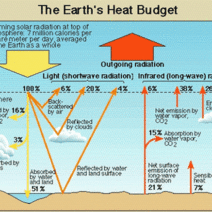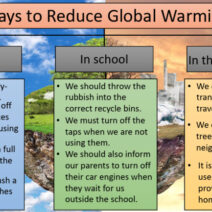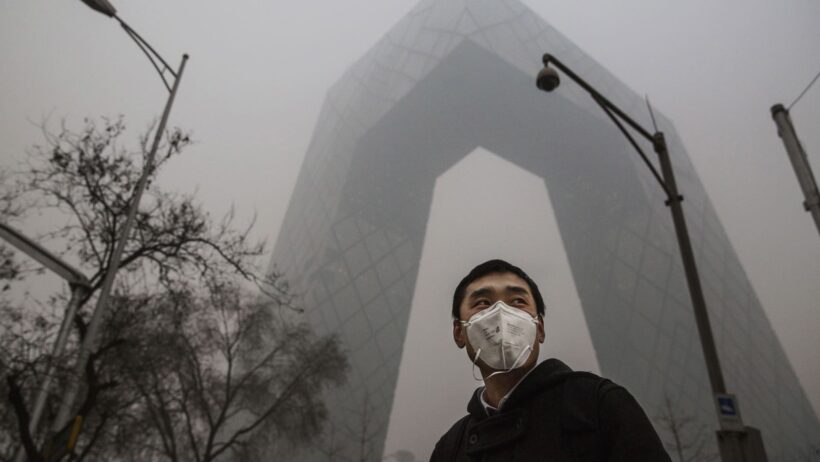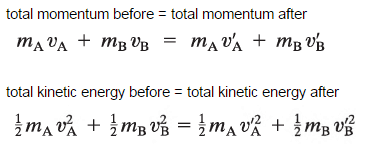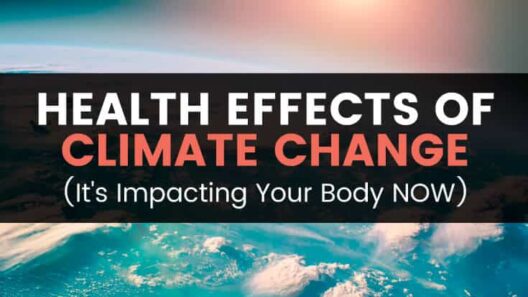The Paris Climate Treaty, also known as the Paris Agreement, embodies a groundbreaking commitment from nations worldwide to confront the pressing issue of climate change. Convened in December 2015 during the 21st Conference of the Parties (COP21) in Paris, France, the agreement marks a pivotal shift in global environmental policy, rallying countries towards a cohesive effort to safeguard the planet’s climate for future generations. As one reflects on this monumental accord, its multifaceted implications and core principles come to the fore, revealing both its aesthetic appeal and its compelling narrative.
The essence of the Paris Agreement lies in its aspirational goal: to limit global warming to well below 2 degrees Celsius above pre-industrial levels and to pursue efforts to limit the temperature increase to 1.5 degrees Celsius. This ambitious target underscores the urgency of addressing climate change while simultaneously recognizing the need for a complex transition to sustainable practices. In an era defined by unpredictable weather patterns, rising sea levels, and biodiversity loss, the treaty presents an intriguing beacon of hope and collective action among the chaos.
As one delves deeper into the fabric of the agreement, several critical tenets surface, each woven with the threads of international cooperation and accountability.
A Coalescence of Commitments
The Paris Agreement champions the concept of nationally determined contributions (NDCs), where each participating country outlines its climate action commitments. This framework allows for flexibility and recognizes the diverse capacities and circumstances of nations. It cultivates an atmosphere of trust and shared responsibility—nations are not merely onlookers; they are proactive participants, contributing to a collective mosaic of climate solutions.
Underpinning this commitment is the notion of transparency and accountability. To ensure that countries adhere to their pledges, the agreement established an intricate system of reporting and review. Each nation is required to submit its progress and adopt strategies for improvement, fostering an environment of continuous learning and collaboration. This unique characteristic breeds a sense of intrigue regarding the dynamics between nations and the collective goal to avert climate catastrophe.
The Anatomy of Adaptation
While mitigation efforts dominate discussions surrounding climate treaties, the Paris Agreement also highlights the equally vital component of adaptation. Recognizing that some impacts of climate change are already manifest, the treaty emphasizes the need for resilience-building measures, particularly in vulnerable communities. Enhanced adaptation strategies enable societies to cope with the consequences of climate change—be it through improved infrastructure, enhanced disaster preparedness, or safeguarding ecosystems.
The interplay between mitigation and adaptation is aesthetically compelling, illustrating a delicate balance akin to a symphony, where harmony is achieved not through singular dominance but through the synergy of diverse instruments. This dual focus reinforces the necessity of a holistic approach, acknowledging that climate change is not merely an ecological concern but a multidimensional challenge that intersects with social, economic, and environmental justice.
Financing the Future: An Economic Imperative
Critical to the success of the Paris Agreement is the provision for financial mechanisms aimed at supporting climate action initiatives. Developed nations committed to mobilizing $100 billion annually by 2020 to assist developing countries in their climate endeavors. This financial framework not only underscores the ethical obligation to address historical injustices but also catalyzes investment in renewable energy, infrastructure, and capacity-building efforts. Intriguingly, this aspect of the agreement reflects a broader understanding of climate change as an economic catalyst rather than merely a burden, presenting opportunities for innovation and sustainable growth.
Through financial support and investment in green technologies, nations can foster resilience, reduce dependence on fossil fuels, and encourage a transition towards sustainable economies. Such financial inclusivity enhances the agreement’s aesthetic appeal—with a transformative potential to redefine global economic paradigms in favor of sustainability and environmental stewardship.
The Path Forward: Challenges and Opportunities
Despite its ambitious scope and an impressive global consensus, the implementation of the Paris Agreement is not devoid of challenges. The differentiation in capacities among nations, fluctuating political climates, and the overarching influence of fossil fuel interests pose significant hurdles in realizing the treaty’s full potential.
Yet, within these challenges lies a realm of opportunity. The global community has witnessed the rise of grassroots movements advocating for climate justice, prompting societal shifts towards sustainability. The treaty serves not just as an accord between governments but as a catalyst for civic engagement and public awareness, illuminating the crucial role that individuals and communities must play in combating climate change.
The Paris Agreement’s legacy is anchored in its capacity to inspire collective action. As nations recalibrate their priorities and work collaboratively towards a sustainable future, each commitment made under the agreement reverberates with the potential to curate a new narrative rooted in ecological consciousness and responsibility.
In conclusion, while the Paris Climate Treaty may have emerged from the halls of international diplomacy, its essence resonates deeply within the hearts and minds of individuals and communities worldwide. The treaty acts as a pivotal reminder that climate action transcends political and national boundaries—it’s a shared obligation to future generations and the natural world we hold dear. As humanity rides the waves of climate change, the Paris Agreement stands as a lighthouse, guiding the way towards resilience, hope, and a sustainable future for all.
